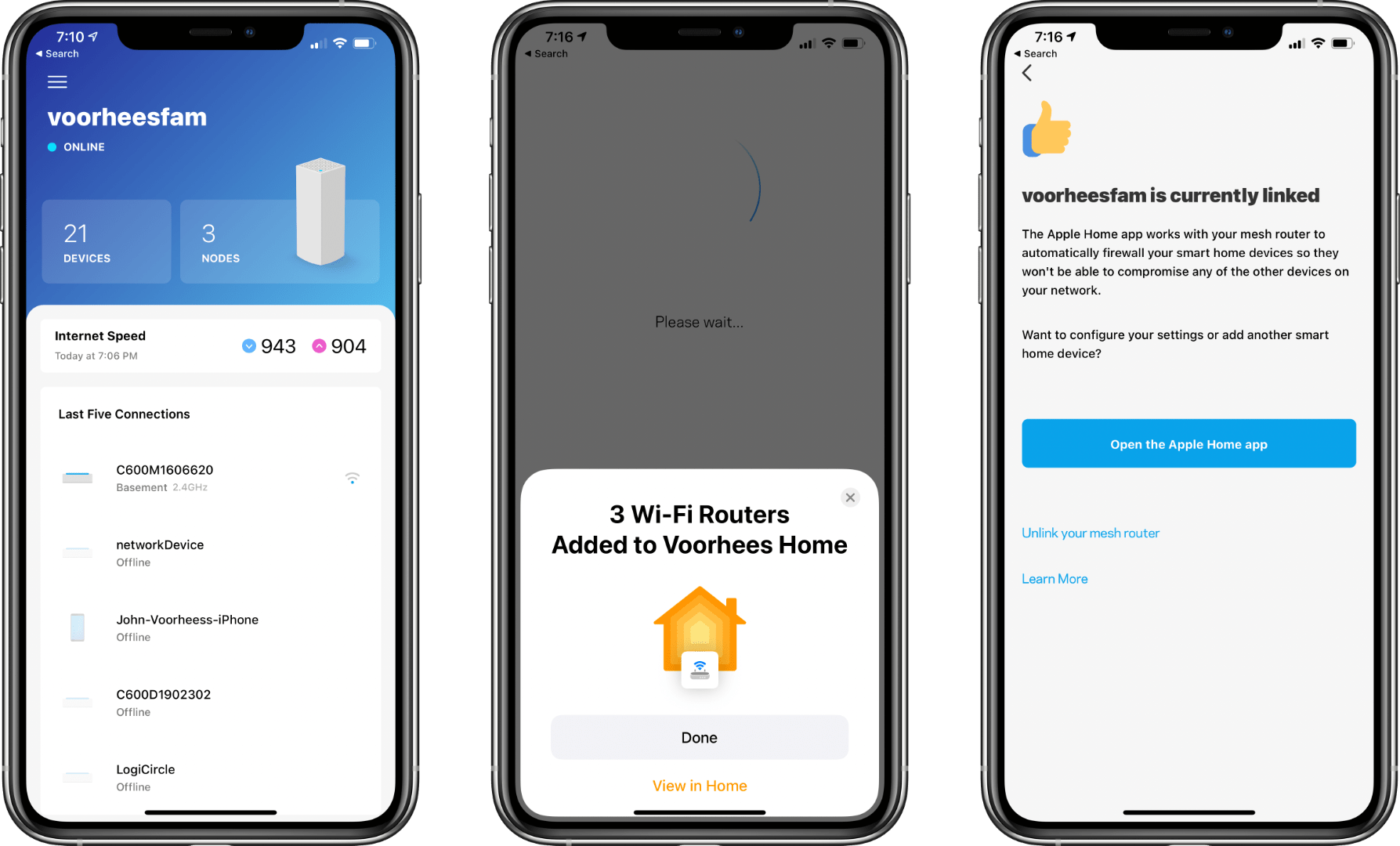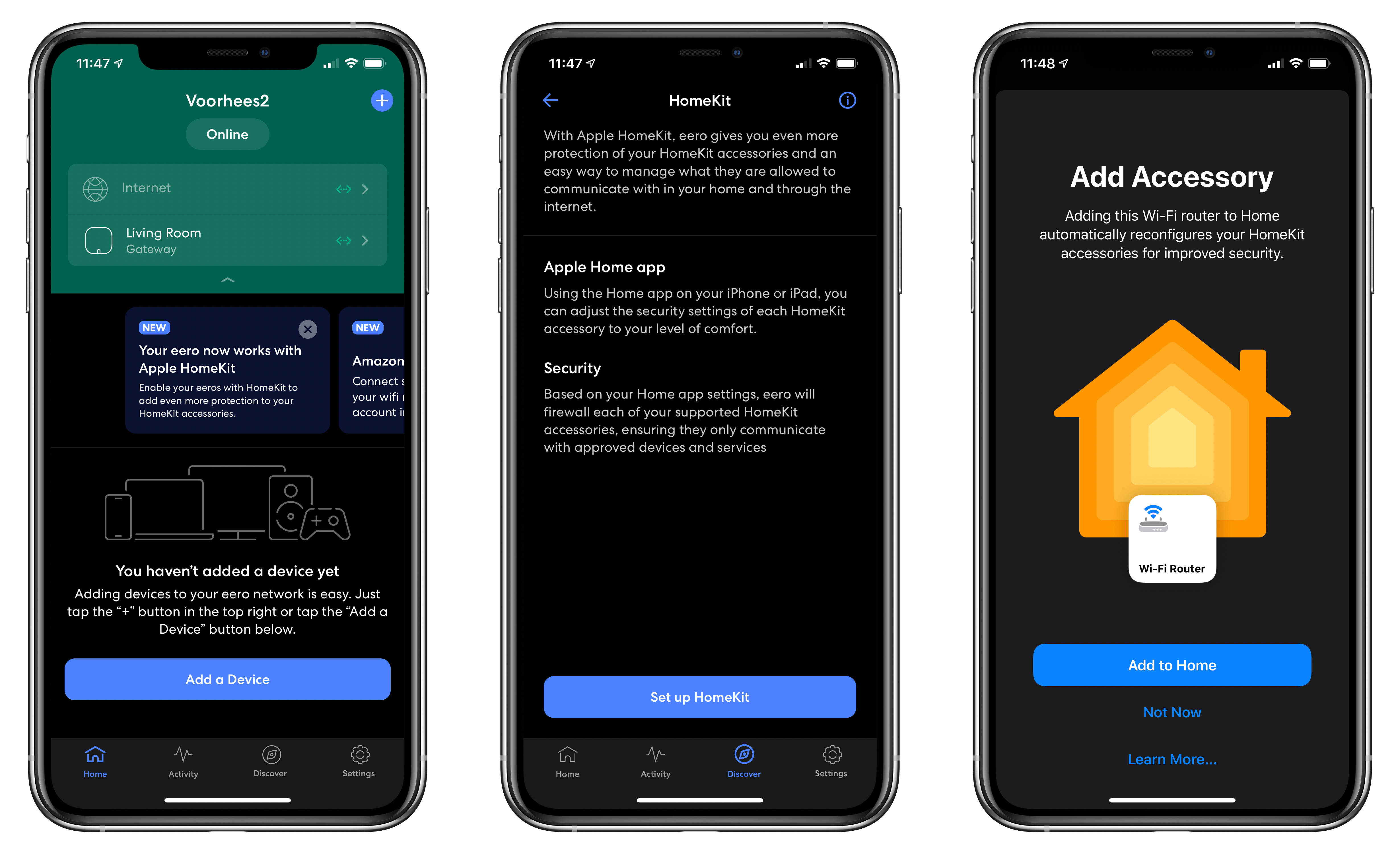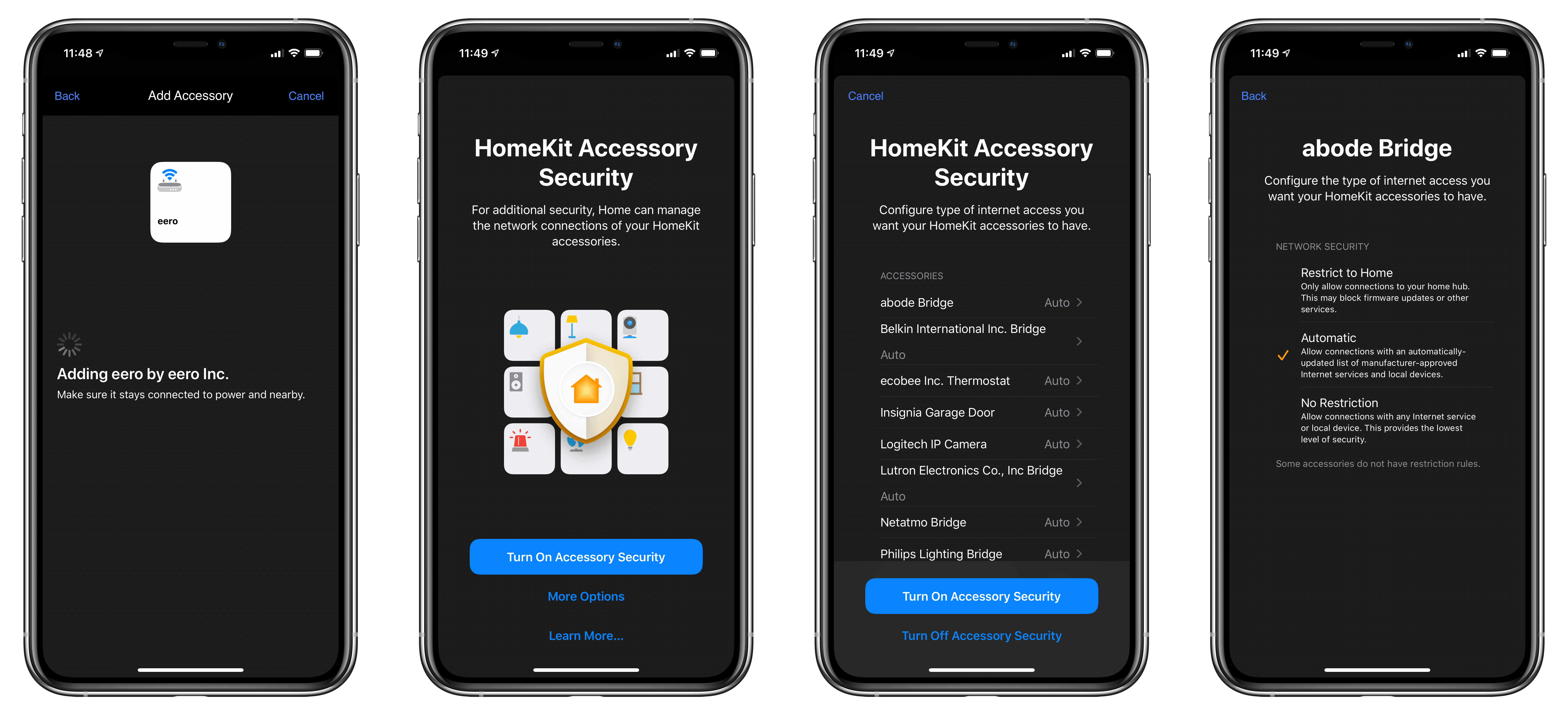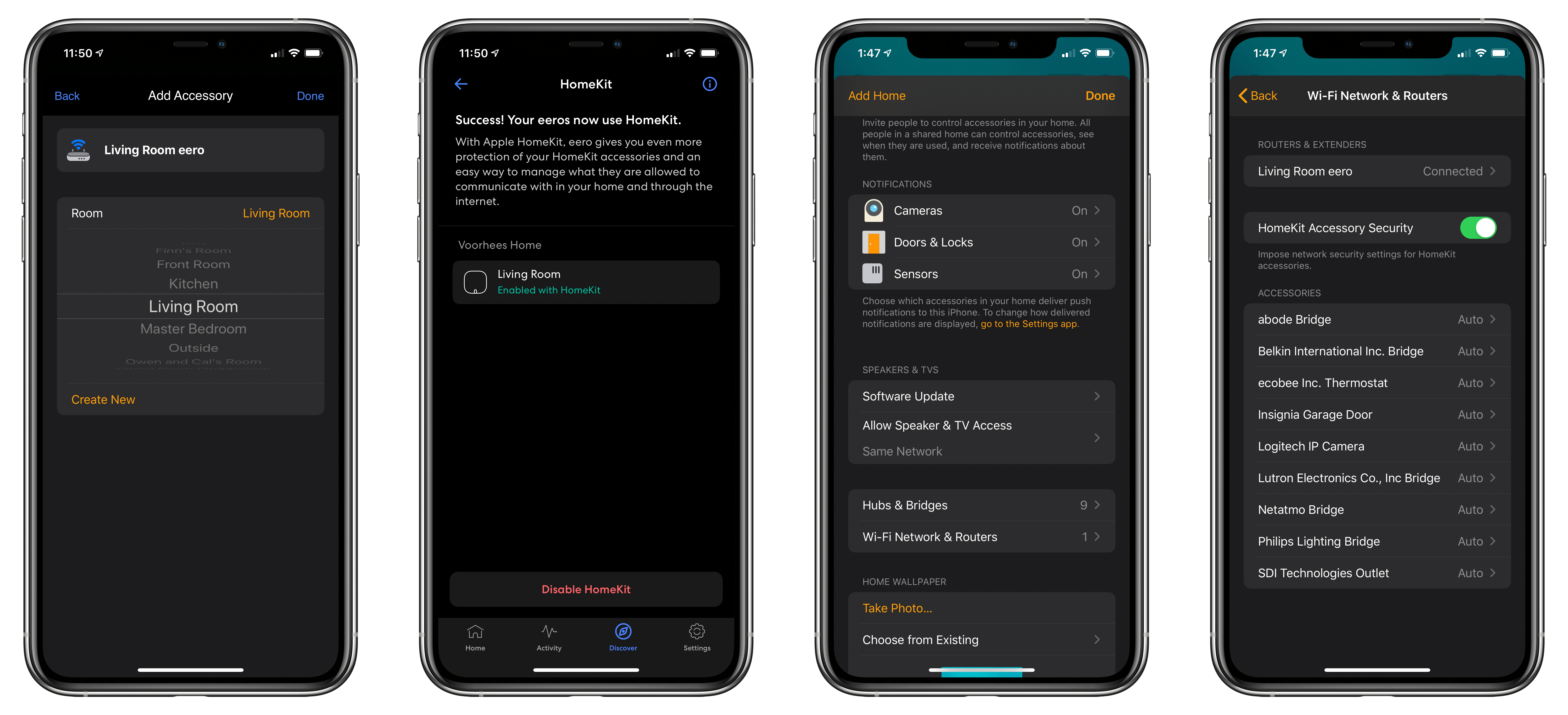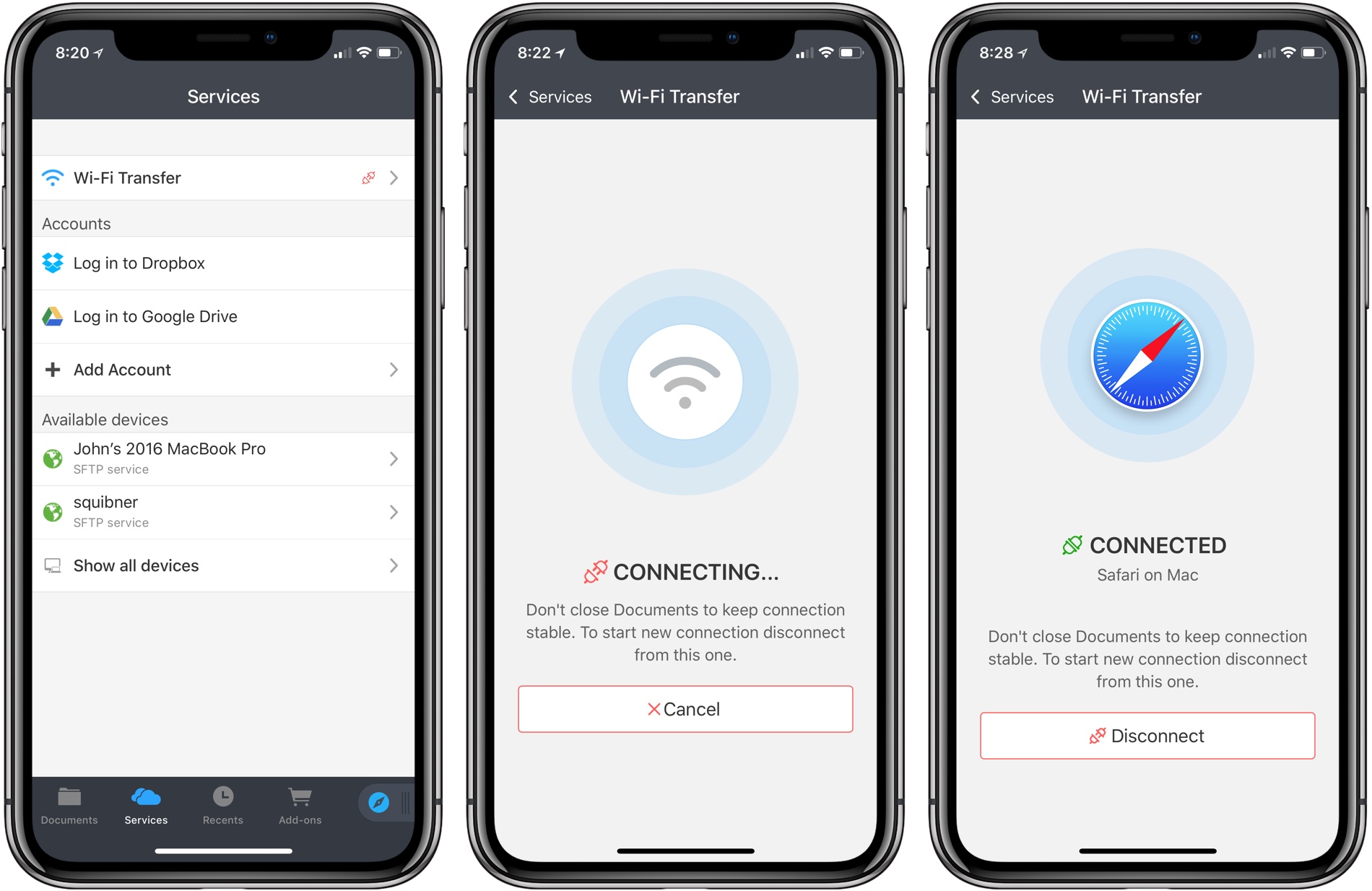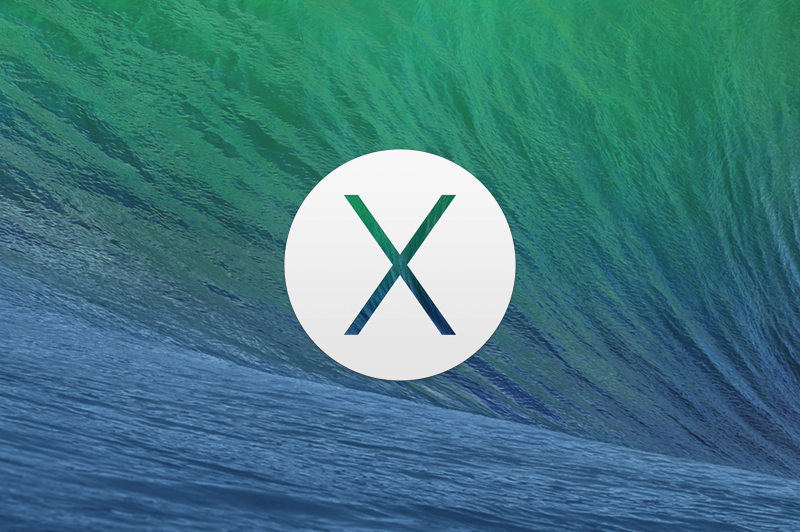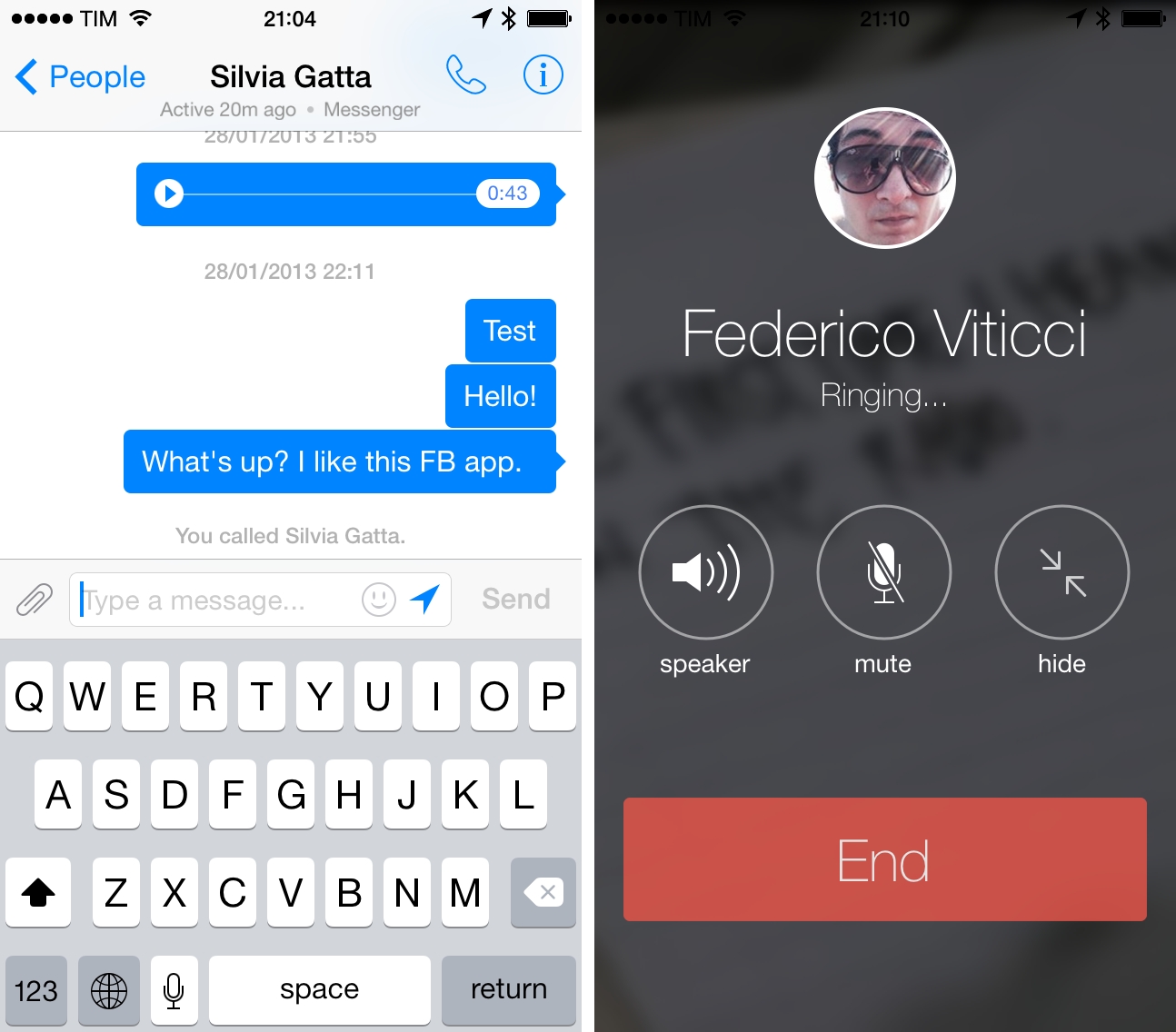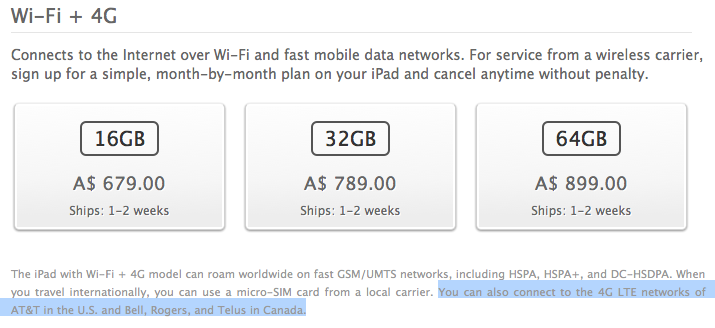22:39
Sponsored by: Sketch – The Design Platform Trusted by Over One Million People
This week on MacStories Unwind:
MacStories
- Using Soor’s Widgets and Magic Mixes
- Managing the Internet Access of HomeKit Devices with the Linksys Velop Mesh WiFi Router System
- Apple Signs Jon Stewart to Expansive Deal for TV+ Series and More
- Clips 3.0 Brings New Video Aspect Ratios and an Upgraded iPad Experience
- Shortcuts Corner: Apple Frames for iPhone 12 and SE, Get Image Resolution, Encode Images to Base64, and Search Articles in Reeder
- Microsoft Is Rolling Out iPad Pointer Support to Its Office Suite
Club MacStories
- MacStories Weekly
- MacStories Favorite: Pixelmator Pro
- A new Reeder shortcut
- Ryan debates purchasing an iPhone 12 mini or Pro
- MacStories Unplugged
- This week on Unplugged, our Club podcast, we discuss the upcoming release of Big Sur, Federico makes John nervous by poking around in Disk Utility and ejecting drives while he records, John gets fiber Internet and tests HomeKit mesh WiFi routers, and Federico unwinds post-iOS review.
AppStories
Unwind
- Federico’s Pick:
- Cosmos by Carl Sagan
- John’s Pick:
- The Haunting of Bly Manor on Netflix








